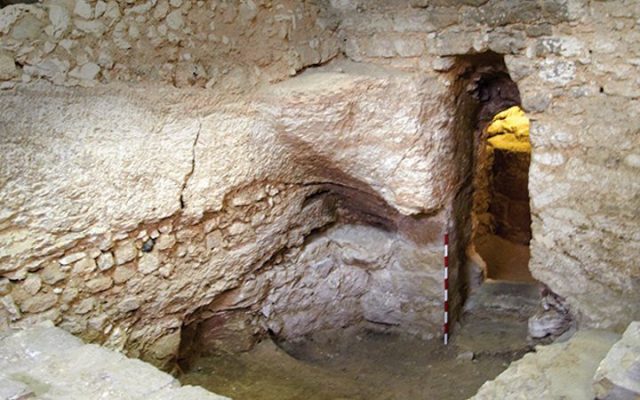Some people are happy to trust the New Testament just because it is the christian scriptures. But I believe it is important to first understand the New Testament as history, as neutral scholars understand it, so we can test whether trusting it as scripture is reasonable.
To be considered historically reliable, texts like the New Testament gospels and Acts should accurately record eyewitness accounts that have been preserved for the writers, be corroborated by independent sources, and the text we have today must accurately reflect the originals which we no longer have.
When tested in this way, the New Testament can be seen as a well-preserved set of ancient documents, but with many unanswered questions and problems.
This section considers the evidence that the New Testament contains sufficiently reliable historical information, preserved well enough for us to be confident of our knowledge of Jesus.
I look at the questions of whether the gospel writers were eyewitnesses to the events of Jesus’ life, whether they based their biographies on eyewitnesses, whether the events can be corroborated by archaeology or other historical sources, and whether the New Testament books were copied accurately.
With a wide range of views on some matters, I also consider how we should know which of the experts give us the most reliable understanding of the New Testament.
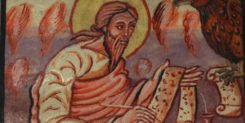 Are the gospels historical?
Are the gospels historical?
This page answers these questions: Are the documents eye-witness accounts? How soon after the events were they written down? Are the documents we have now accurate copies of the originals? Is the New Testament consistent within itself and with other known history?
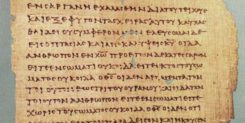 The reliability of the New Testament text
The reliability of the New Testament text
The New Testament we read today is translated from copies of the originals. The copies don’t always agree, so how do we know if the text we read is what was originally written? Scholars have studied this question intensively, and, while there are many uncertainties, these are relatively minor and some clear conclusions can be drawn.
 Who wrote the New Testament? Does it matter?
Who wrote the New Testament? Does it matter?
Before we read a book, we will often want to know who wrote it and whether we can trust them to give us accurate information. It is therefore understandable that people might wonder who wrote the 27 books of the New Testament. So what do the experts say? It turns out that opinions are very much divided.
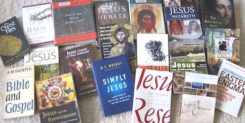 Which historians should we trust?
Which historians should we trust?
There are many different opinions about the historical evidence about Jesus, and some outlandish viewpoints. How can we find the best information and who can we trust? I have generally avoided christian apologists or extreme sceptics and have based this website on the most respected secular scholars.
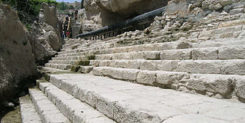 Archaeology and John’s gospel
Archaeology and John’s gospel
An archaeologist investigated the accuracy of 16 location descriptions in John’s Gospel, and found that the author was quite accurate, even when describing locations that had been totally changed long before the gospel was finalised.
 New Testament Errors?
New Testament Errors?
In this page I discuss seven of the most commonly raised issues which are said to show the New Testament is inaccurate: the birth stories, whether Bethlehem and Nazareth existed, confusion between Gadara and Gerasa, Jesus’ miracles, Jesus’ last week, the resurrection stories and changes to the New Testament since it was first written.
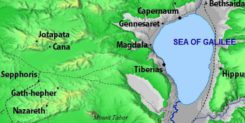 Were Bethlehem and Nazareth real places?
Were Bethlehem and Nazareth real places?
Sceptics have argued that Nazareth and Bethlehem didn’t exist, but several new archaeological discoveries at Nazareth, and one artefact that mentions Bethlehem, provide new evidence.
Photo: Excavation of a first-century “courtyard house” in Nazareth that was partially hewn from naturally occurring rock and partially constructed with rock-built walls. Photo by Ken Dark, published in Bible History Daily, 11/12/2015 and used within the Terms of Use of the Biblical Archaeology Society.
Feedback on this page
Comment on this topic or leave a note on the Guest book to let me know you’ve visited.
